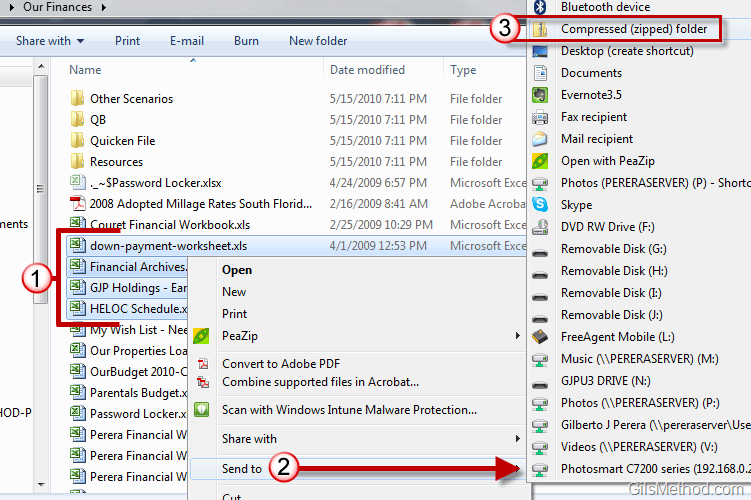
- HOW TO COMPRESS PICTURES ON COMPUTER HOW TO
- HOW TO COMPRESS PICTURES ON COMPUTER DOWNLOAD
- HOW TO COMPRESS PICTURES ON COMPUTER FREE
Screenshot from Chrome Dev Tools – Network panel You can run a speed test with GTMetrix or Dareboost both of them will reveal the total page size and, within their waterfall, will indicate which files are the heaviest:
HOW TO COMPRESS PICTURES ON COMPUTER FREE
There are several free tools that will help to identify particularly large images on your pages. Which Tools Can Be Used to Identify the Size of an Image? Huge file size = slower loading time = higher bounce rates and customers running away from your site. When you upload a hi-res picture on your pages, you should always keep in mind the equation: Unfortunately, most of the time, hi-resolution and neat images tend to have huge file sizes. That said, placing an image that conveys your message most effectively is a win-win situation for your content marketing strategy. Whenever you can remove an image resource, and avoid its burden (in terms of HTML, CSS, or JavaScript), you’re already applying the golden rule of a good image optimization strategy: less is more. Sometimes, effective design and well-formatted content can already do miracles.
HOW TO COMPRESS PICTURES ON COMPUTER DOWNLOAD
Is an image necessary to achieve the special effect I’m seeking on this page?Ĭan I spare my users some bandwidth and prevent them the download unuseful bytes from the browser? To find your answer to the question, try to see the subject from a different angle and ask yourself instead: There’s no single answer to this question: the ideal size of an image file is the one allowing you to have the lightest image possible while preserving the quality necessary for excellent performance on the page.
HOW TO COMPRESS PICTURES ON COMPUTER HOW TO
How to Determine the Ideal Weight for an Image? The lighter your images will be, the faster your pages will download: it’s a constant struggle between pleasing your users -who love reading your content supported by beautiful images- and making King Google happy! Keep in mind that compressing and reducing your images’ size will also help you optimize the Largest Contentful Paint grade, one of the Core Web Vitals metrics. Performance and speed matter more than ever.

In other words, when you compress an image you reduce the amount of storage space that image file will occupy: storage space is measured in kilobytes (KB) and megabytes (MB), where 1MB = 1000KB.Īnd here’s why you should compress your images: We all want our images to be crisp and high-quality, but it’s important to balance this desire with the time required for the pictures on your pages to be downloaded from the browser. What Does Compressing an Image Mean (And Why You Should Do It)Ĭompressing an image for the web means reducing its file size: this is achieved by minimizing the size in bytes of the image file without any quality loss. In this article, we are going to walk you through the secrets of image compression for the web: you’ll learn how to determine the ”right weight” of your images and which tools you can use to compress them and reduce their file size. The good news is that, with the right techniques, you can significantly reduce the size of your images and make your pages a lot faster.

Image optimization is an art that you cannot refuse to acknowledge if you want your website to be as fast as possible and give your readers the best user experience.Īs any painter needs to know the technicalities of their job (the use of color, styles, and artistic supports), you-as an image optimizer artist-should dig into the study of your images and understand their format capabilities, quality, pixel dimensions and so on.


 0 kommentar(er)
0 kommentar(er)
